One of the common complaints I hear about photography is from people who struggle to find interesting things to take photos of. I understand the frustration. Some people are lucky enough to live in photogenic places that other people have to travel to see. But lots of people live in places where it’s genuinely hard to find interesting subjects for photography.
So, what do you do when this happens to you? Here are some ideas to help you find interesting subjects and inspiration.

Food photography
Okay, I admit that people taking photos of their brunch with smartphones and uploading them to Instagram is getting old. But don’t let this put you off taking food photos at home. The nice thing about food photography is that it combines two hobbies – cooking (or baking) and photography. If you’re a good cook, it could be the perfect subject you.
There are two sides to food photography. One is the ability to prepare food so that it’s photogenic enough for a photo. The other is to provide the right environment to show the food off at its best.
If you don’t have what you need already that does involve a small investment. Think chopping boards, wooden tables, hand-made plates, and so on.
For lighting, nothing more sophisticated than window light is required. But you can also use it as an opportunity to practice your flash skills. I made this photo below using natural light.

Flower photography
It’s quite possible that you don’t need to look any further than your backyard for an interesting subject. Most people have flowers in the garden. If you don’t, perhaps you know somebody who does. There may also be a park or botanical garden nearby that provides an interesting selection of flowers to photograph.
To be successful you’ll need to get close to the flowers using extension tubes, close-up lenses or a macro lens. It’s a good way to practice your macro and close-up techniques.
I made this photo in a local park.

Build a studio
The advantage of photographing food or flowers is that you can set up your photos indoors. There’s no need to worry about the weather or light, as window light is beautiful enough for both types of photography.
But why not take it further and set up an indoor studio? It’s possible to create a studio in the smallest of spaces. If you have any doubts about this then check out Nick Fancher’s book Studio Anywhere. It’s full of ingenious tips and tricks for setting up a studio in the tightest of spaces.
Note you can read more from Nick in these dPS articles:
- How to Create Dramatic Portraits in Your Garage
- Making the Most out of the Photography Stuff You Have Already
- How to Create Dark Moody Low-Key Portraits with Minimal Gear
Get a model
Once set up, you need a subject. We’ve already looked at food and flowers, but you can take it a step further by finding local people to model for you. Whether you’re looking for models or characters, friends and family are a good way to start. Once you’ve got a few shoots under your belt – and the start of a portfolio – you can approach other people to see if they’d be interested in taking part.
I made this portrait using a single Canon Speedlite flash in a 90cm Lastolite softbox.

Start projects
Feeling inspired yet? My next tip holds the true key to finding interesting subjects in boring places. There’s no better way to become a better photographer than to start a project. They are so good for improving your photography skills that even pros regularly set themselves personal projects.
Projects can be simple, or they can be complex, expensive and time-consuming. But don’t feel intimidated by grand projects – you can get started with a modestly ambitious project.
For example, over the last few years I’ve spent time photographing dancers, craftspeople, artists, musicians, parkour and circus performers. Here’s a photo I made recently of a dancer.

The reward of these projects has been twofold. On one hand, I’ve made some interesting photos and portraits for my portfolio. On the other, I’ve met lots of new and interesting people and made new friends. I’ve had experiences that I would never have had if I had not created these projects.
Reach out to new people
The great thing about projects is that they give you an excuse to contact people who may be interested in taking part. For example, let’s say you’d like to start a project photographing dancers. There may be local dance schools you can approach or Facebook groups for dancers. You can get in touch, explain your project idea, and ask if anybody is interested in taking part.
The hardest part is getting started. After your first photo shoot, you will have some photos to show other people. Also, the person you photographed might be able to introduce to other people who could be interested in taking part.
Projects are a fantastic way of finding interesting subjects to photograph. I’m sure that wherever you live, no matter how boring it may seem, there are people nearby doing interesting things that could make a great photo project.
I made this portrait of a local singer after getting in touch by email and asking if she’d like to take part in a shoot.

Conclusion
Hopefully, these ideas give you a head start on defeating boredom and finding interesting things to photograph in your area, no matter how boring or uninteresting it may seem.
Do you have any suggestions for finding interesting things to photograph? Please let us know in the comments, I’d love to hear them.
If you enjoyed this article and would like to learn more about the creative side of photography then please check out my ebook Mastering Photography. It shows you how to take control of and be creative with your digital camera, no matter what your skill level!
The post How to Find Interesting Subjects for Photography in a Boring Place by Andrew S. Gibson appeared first on Digital Photography School.

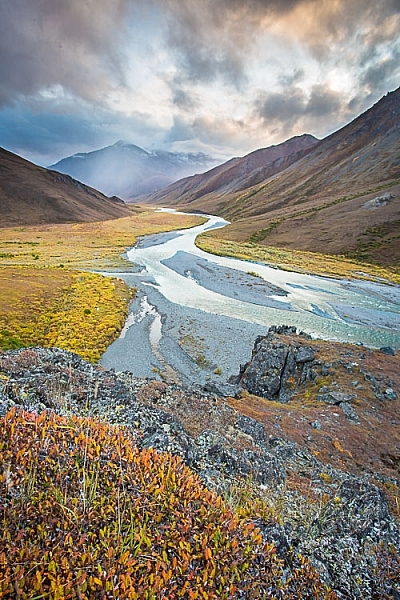


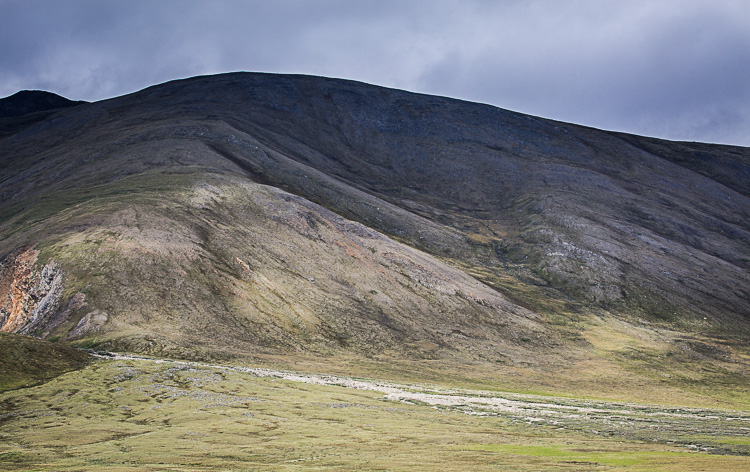
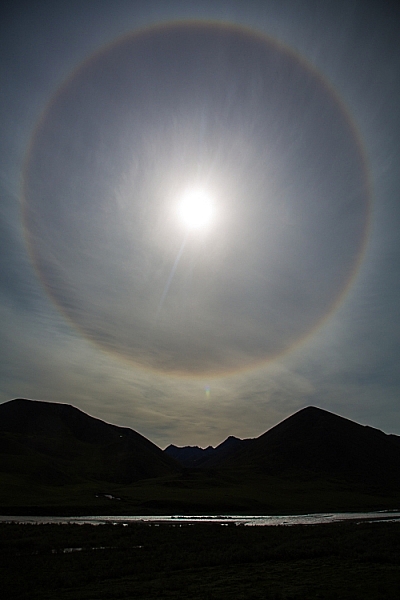
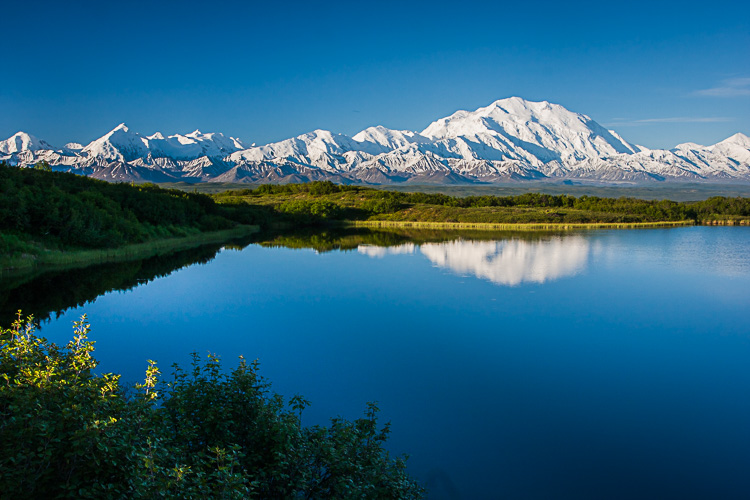
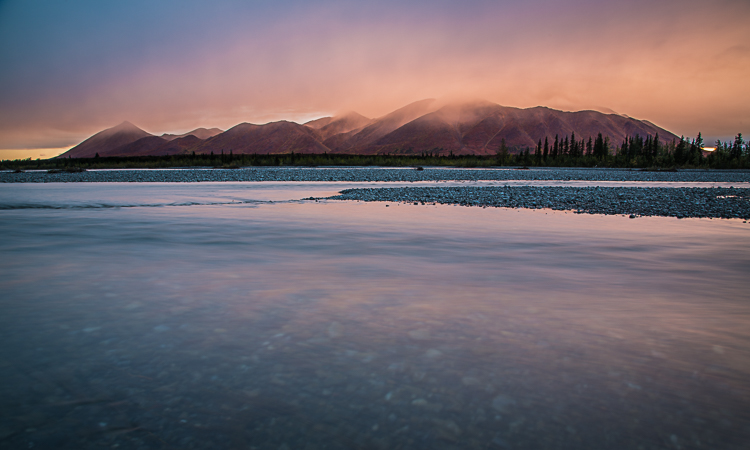
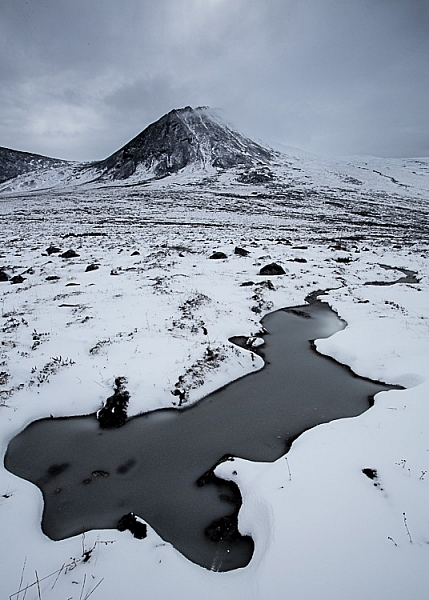
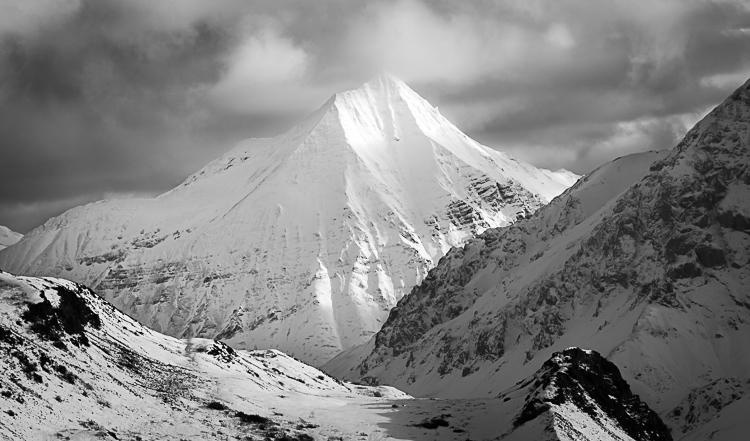
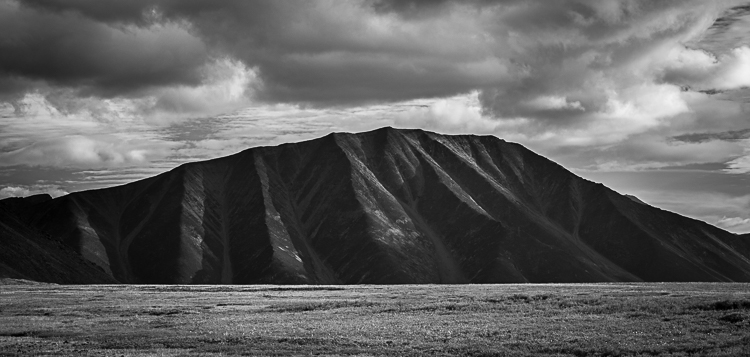
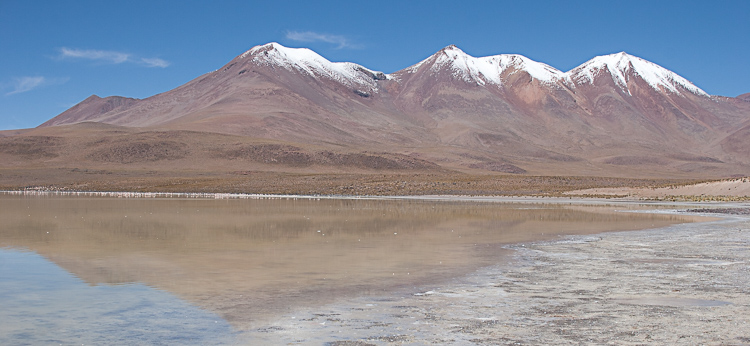
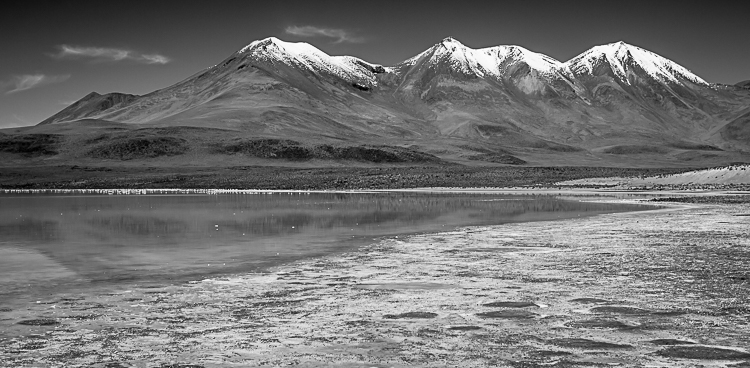

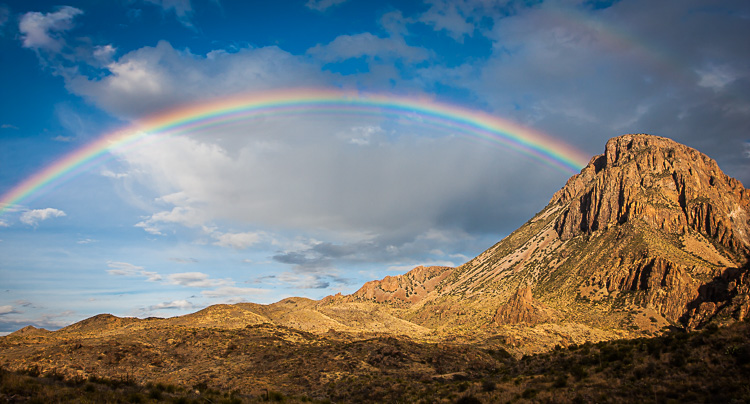
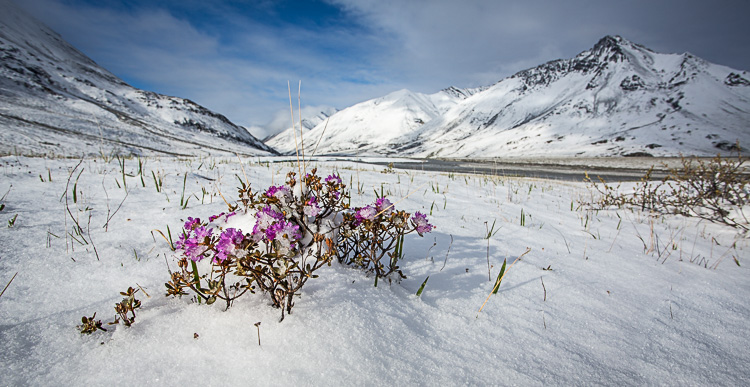
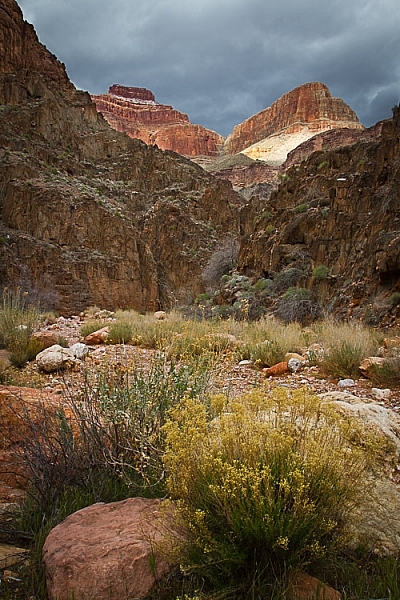
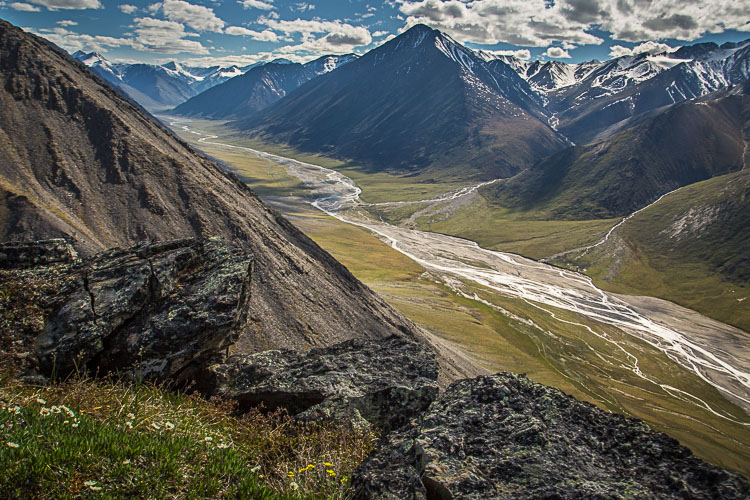
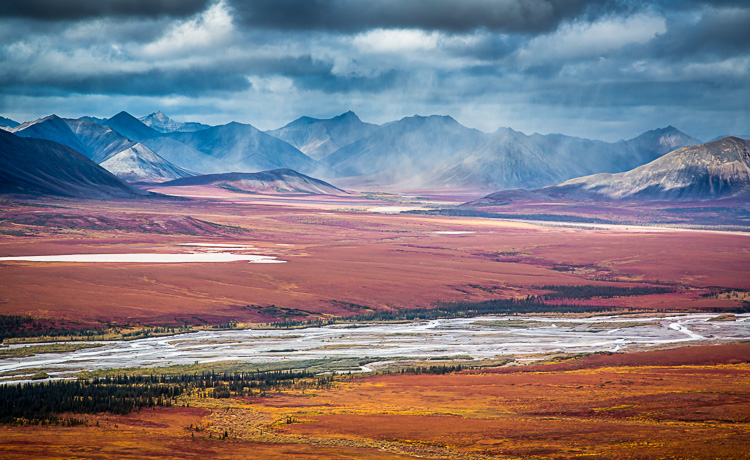
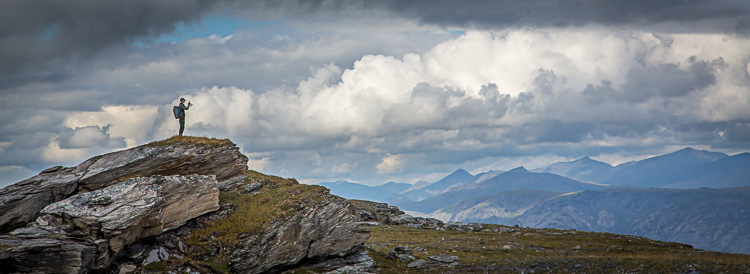
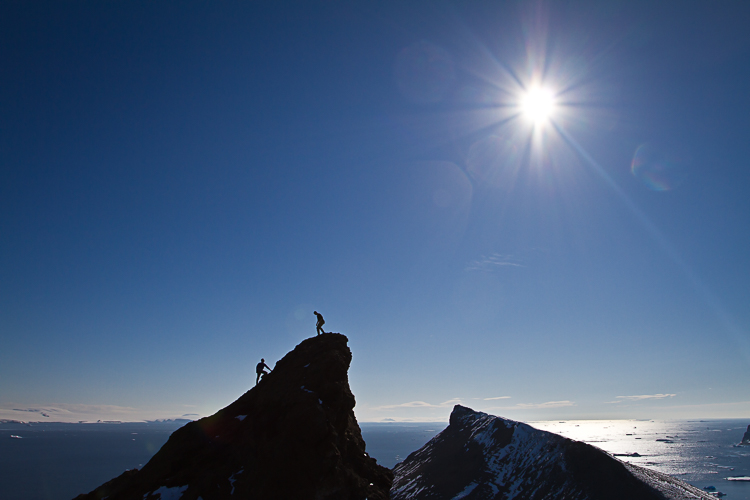
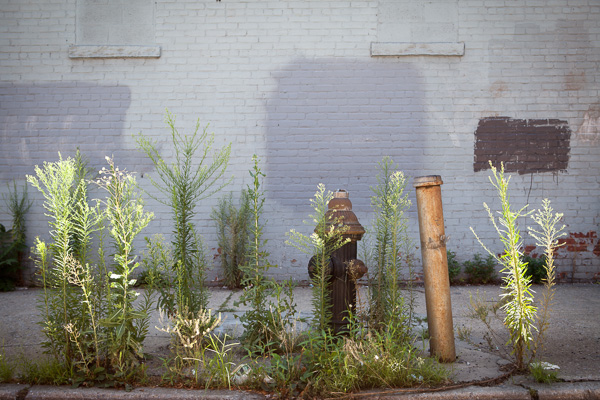
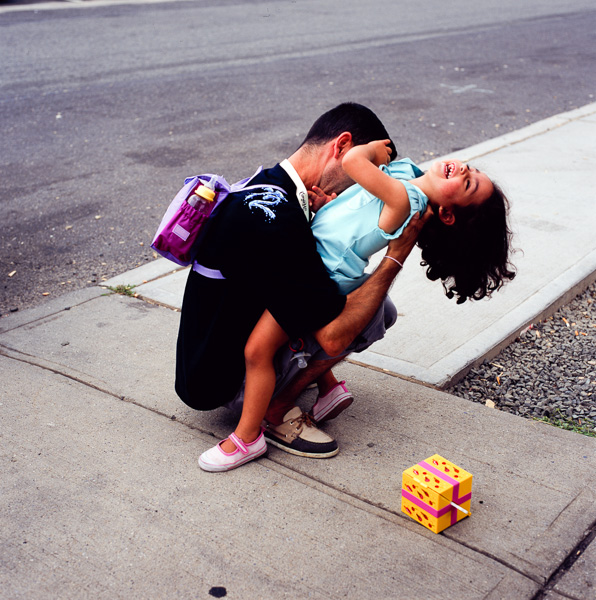

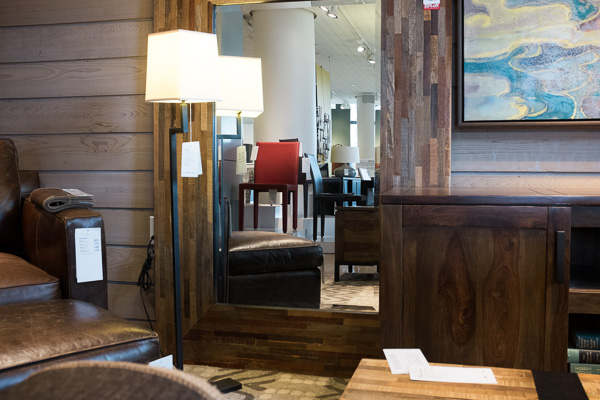
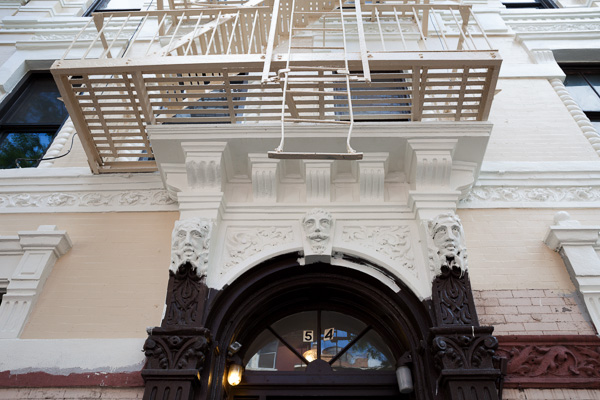
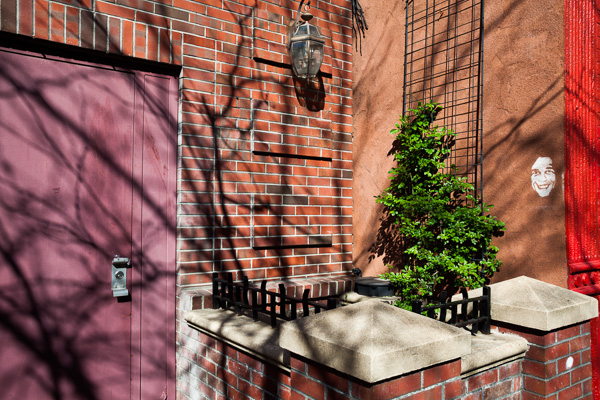
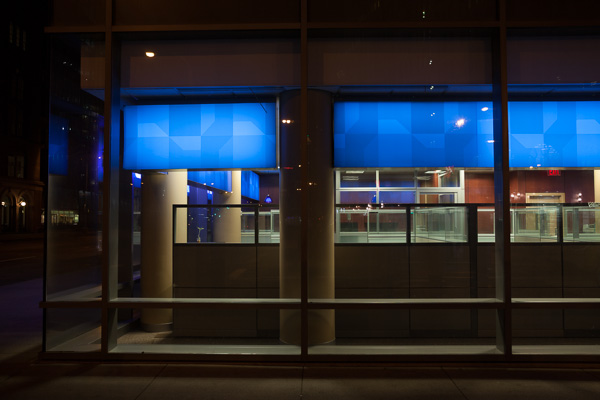
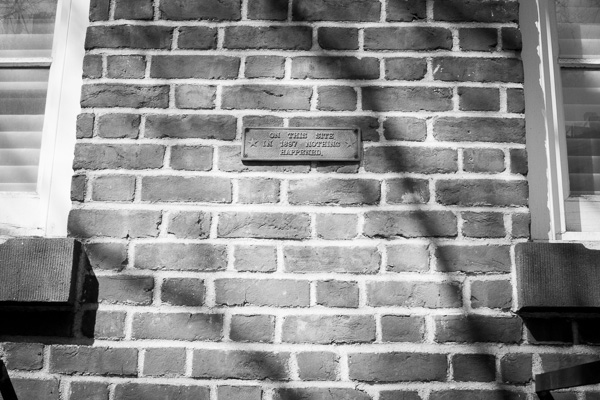

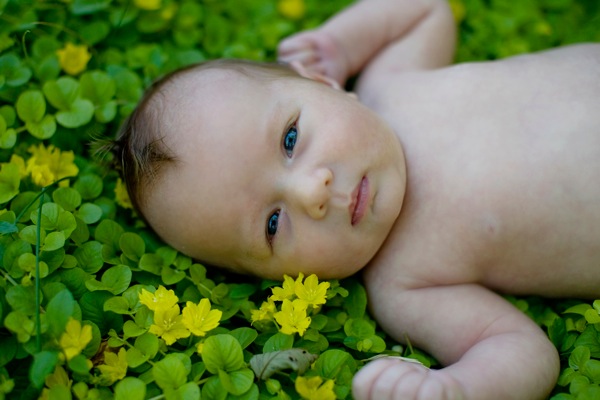
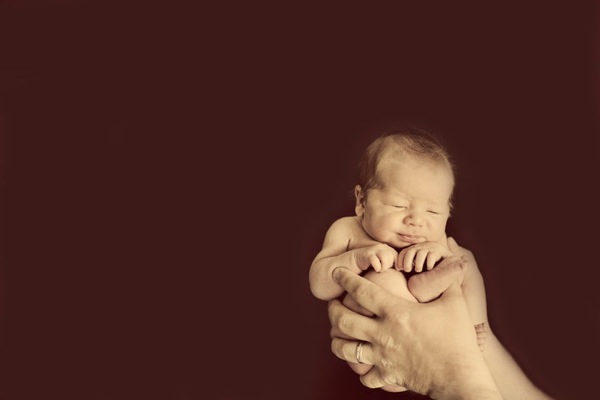

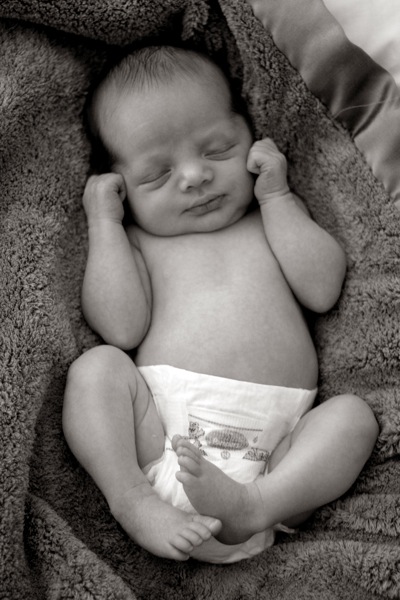
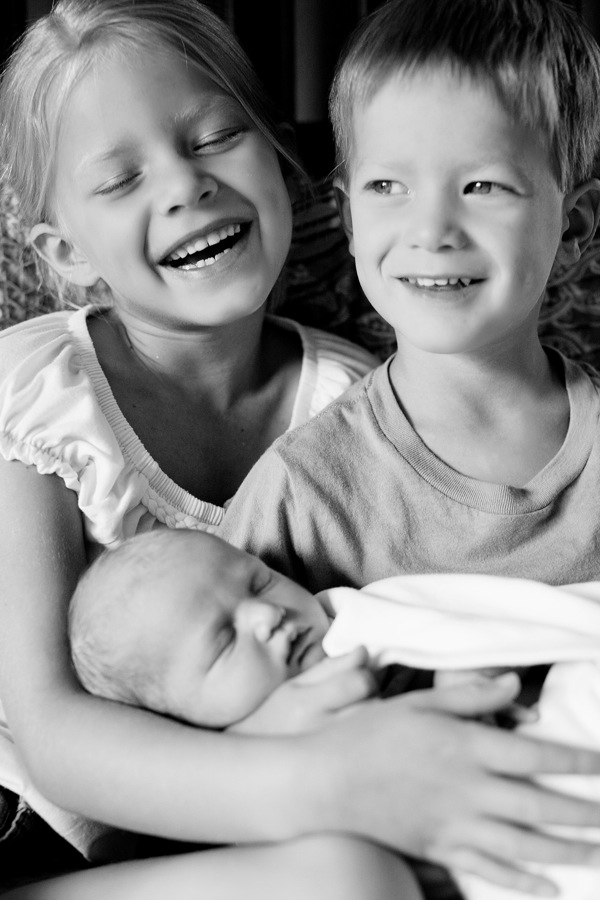
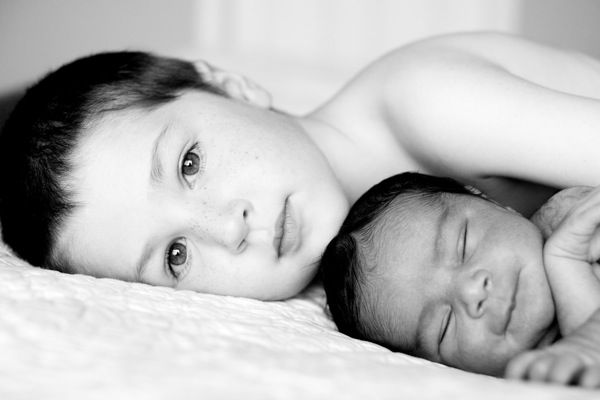
You must be logged in to post a comment.